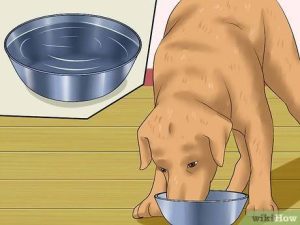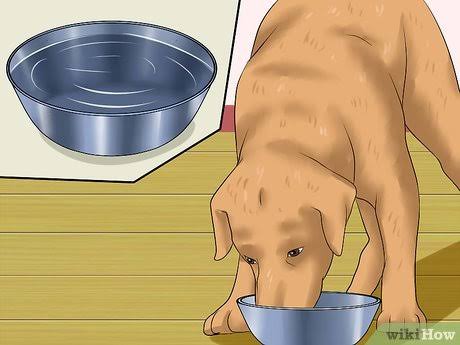Seeing your dog sick can be painful. This may even make some pet owners worry about what to do next. Most times, flu is one of the biggest illnesses dogs suffer from. It affects their respiration.
It can even lead to more complex information when it is not taken seriously. In this article, we will focus on the treatment of flu in dogs. Let’s take it a step at a time.
READ ALSO: How to Train Horses to Understand Instructions
Step 1: Observe The Symptoms
Being aware of the signs of the flu is the first step in treating it in dogs. Similar to ours dogs may exhibit a variety of symptoms when they’re feeling ill. A prolonged cough, nasal discharge, lethargy, fever, and appetite loss are typical signs of the flu in dogs. Dogs can have a variety of coughs, from dry to soft.
Additionally, you may observe your dog sneezing or having wet eyes. It’s paramount to pay close attention to your dog. Observe if their desperation or behaviour changes. Because of your emotional bond with your dog, you will be able to see problems early.
Step 2: Severity Of Symptoms
Identifying your dog’s possible flu symptoms and determining the severity of the illness are the next steps. If your dog is active and has a slight cough, supportive treatment may help you control their symptoms at home.
Step 3: Meet Your Veterinary
Your veterinarian is qualified to make an accurate diagnosis and suggest the best course of action for your dog’s condition. Be ready to give your veterinarian comprehensive details about your dog’s behaviour and symptoms during your visit.
Your veterinarian can use this information to diagnose your dog with the flu or another respiratory condition. To verify the existence of the virus, they might take a swab, run tests, or even perform a physical check.
Step 4: Follow Veterinary Recommendations
After speaking with your veterinarian, you would be wise to heed their advice. Supportive care is frequently the main emphasis of flu treatment. This is because the virus itself does not have a specific antiviral drug.
Creating a cosy space for your dog to relax and recuperate is often the best line of action. Ensure that they have a peaceful space where they may unwind away from the daily grind. Your dog can concentrate on healing and experience less stress as a result.
Step 5: Provide Supportive Care at Home
One of the most important aspects of the rehabilitation process is keeping your dog at home. During this trying time, as a pet owner, you want to make sure your dog feels loved and at ease. Start by routinely taking your dog’s temperature. Dogs typically have body temperatures between 99°F and 102.5°F.
Your dog’s condition might be becoming worse if their temperature rises above this range. If symptoms continue, you can give your veterinarian important information by monitoring their temperature.
Step 6: Monitor Progress and Adjust Care
Make sure you give your dog the prescribed medication as they start to feel better. Different dogs may recover in different ways. Adapt your care regimen to your dog’s requirements. You can assist them develop stamina by introducing short, gentle walks gradually if they appear to be regaining their energy.
But, keep in mind that their bodies might still be healing, so don’t push them too much. You can determine when your dog is ready for additional action and when they need to rest thanks to your emotional bond.





One thought on “How to Treat Flu in Dogs”